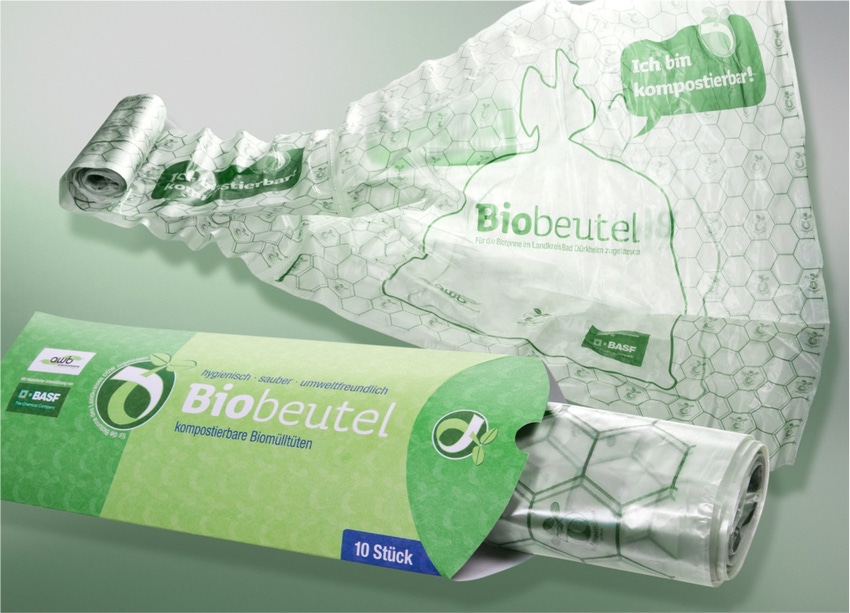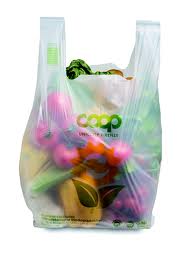Strong expansion projected for European biodegradable plastic market
Regulatory measures, growing R&D investments in bioplastics by public and private sectors and growing environmental awareness among consumers throughout the European Union are combining to create an environment in which biodegradable plastics can flourish, says a recently published report by TechSci Research, a global research based management consulting firm. In "Europe Biodegradable Plastics Market Forecast & Opportunities, 2019," researchers forecast a robust CAGR of around 12% during 2014-19 for the biodegradable plastics market in Europe.
July 24, 2014

Regulatory measures, growing R&D investments in bioplastics by public and private sectors and growing environmental awareness among consumers throughout the European Union are combining to create an environment in which biodegradable plastics can flourish, says a recently published report by TechSci Research, a global research based management consulting firm. In "Europe Biodegradable Plastics Market Forecast & Opportunities, 2019," researchers forecast a robust CAGR of around 12% during 2014-19 for the biodegradable plastics market in Europe.
A big part of this growth is attributed to the European Union's decision to reduce overall consumption of thin plastic bags in the region by about 80% by 2019, compared to 2010 consumption levels, which is expected to create huge growth opportunities for biodegradable plastics manufacturers over the next five years. The reduction in the usage of conventional plastic bags is expected to directly boost the consumption of biodegradable plastic bags in malls, retail outlets and loose packaging applications.
 Biodegradable plastics are largely used in some essential applications such as shopping bags, refuge bags, agricultural mulch films, loose packaging, bottles, etc. Presently, the average annual per capita consumption of plastic bags in Europe stands at 200 units. However, general consumer acceptability and preference for biodegradable plastics is increasing across all European countries. This growth is expected to be driven by growing popularity of biodegradable plastics in major end-user industries such as packaging, disposable plastic goods and textiles.
Biodegradable plastics are largely used in some essential applications such as shopping bags, refuge bags, agricultural mulch films, loose packaging, bottles, etc. Presently, the average annual per capita consumption of plastic bags in Europe stands at 200 units. However, general consumer acceptability and preference for biodegradable plastics is increasing across all European countries. This growth is expected to be driven by growing popularity of biodegradable plastics in major end-user industries such as packaging, disposable plastic goods and textiles.
Biodegradable plastics based on cellulose, starch and polylactic acid (PLA) dominate the biodegradable plastics market in Europe, accounting for more than 80% of the total market share, in volume terms, in 2013. With significant technological advancements driven by public private partnerships, biodegradable polymers have become cost-competitive with petroleum-based products. These technology advancements have also facilitated improvements in various properties of biodegradable plastics over the recent years.
Ongoing research and development in the area of biodegradable plastics is expected to open a wide range of niche application areas, thus expanding overall market penetration of biodegradable plastics in Europe over the next five years. Biodegradable plastics are used in a broad range of end-user industries such as packaging, agriculture, textiles and disposable goods. Additionally, biodegradable plastics are also witnessing increasing adoption in non-conventional applications such as 3D printing, drug delivery systems and medical implants.
According to Karan Chechi, research director of TechSci Research, the demand for biodegradable plastics is rising significantly in conventional end-user industries such as packaging, agriculture and textile, as well as in various niche segments.
"In orthopedics, biodegradable plastics are finding use in joint replacements, fracture fixation plates, bone defect fillers, artificial tendons, ligaments, bone cements, etc. Realizing the benefits offered by biodegradable plastics, several research studies are underway to improve the commercial viability of these niche applications," he commented.
About the Author(s)
You May Also Like


